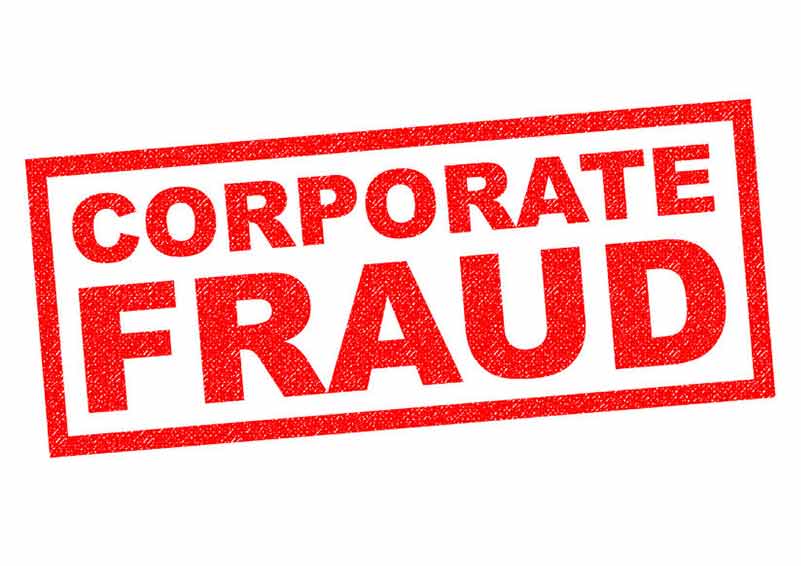Employee theft or fraud can come in many different forms. By definition, employee theft is “any stealing, use or misuse of an employer’s assets without permission”.
The most common assets stolen by employees are: time (employees are being paid for time not worked), money (most commonly targeted asset), supplies (office supplies, tools), information (blueprints, client lists), and merchandise (products meant to be sold).
Most employee theft goes on for two years before being detected, and 75% of employee-related crimes go completely unnoticed. This unfortunately means that what seem to be small thefts can add up to thousands/millions in losses over time.
Most businesses will find that the majority of their shrinkage comes from their own employees. 75% of employees admit to having stolen from their employer at least once, and although workplace theft is more common among blue collar employees, the damage done by senior employees is usually much greater. The real reason that people steal is opportunity. Companies make theft very easy for employees through lack of control.
Making changes to your hiring process and conducting detailed background checks is a great way to prevent theft within the workplace. Background checks that not only look at work history and references, but also credit, licensing, and criminal history can be very helpful and the benefit far outweighs the cost.
When an employer suspects that theft is occurring within their company, it is very important to set a precedent and show zero tolerance. 66% of employees will steal if they see others doing so without consequences. Hiring a Private Investigator is a good way for employers to not only uncover the truth about suspected theft/fraud, but also to show employees that you take theft/fraud in the workplace very seriously.
The objectives of a theft/fraud investigation are to: find out who was involved, attempt to recover losses, and prosecute the employee.
It is important for employers to know the red flags that could indicate workplace theft/fraud. The most common indicators are: employees living beyond their means, unexplained profits/losses, sudden changes in an employee’s attitude/behaviour, employees who never take vacation, employees who work a lot of overtime, evidence of relationships between employees and customers/suppliers, and evidence of financial hardship.
Employee theft costs businesses between 60 and 120 billion dollars annually and 1 in every 3 companies that goes bankrupt each year does so as a direct result of employee theft. These are numbers that can not and should not be ignored.
Prevent workplace theft/fraud by removing the opportunity and creating awareness among employees. And when a theft/fraud is suspected, investigate.





0 Comments